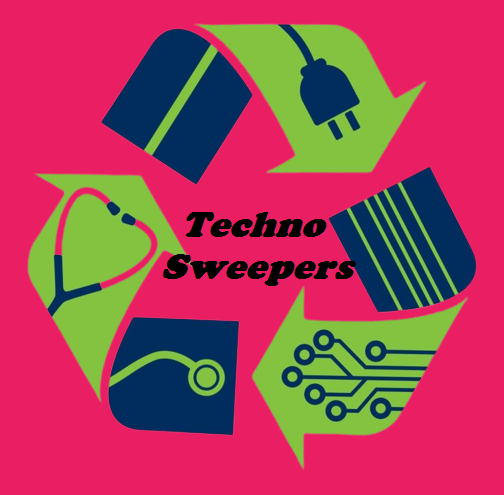

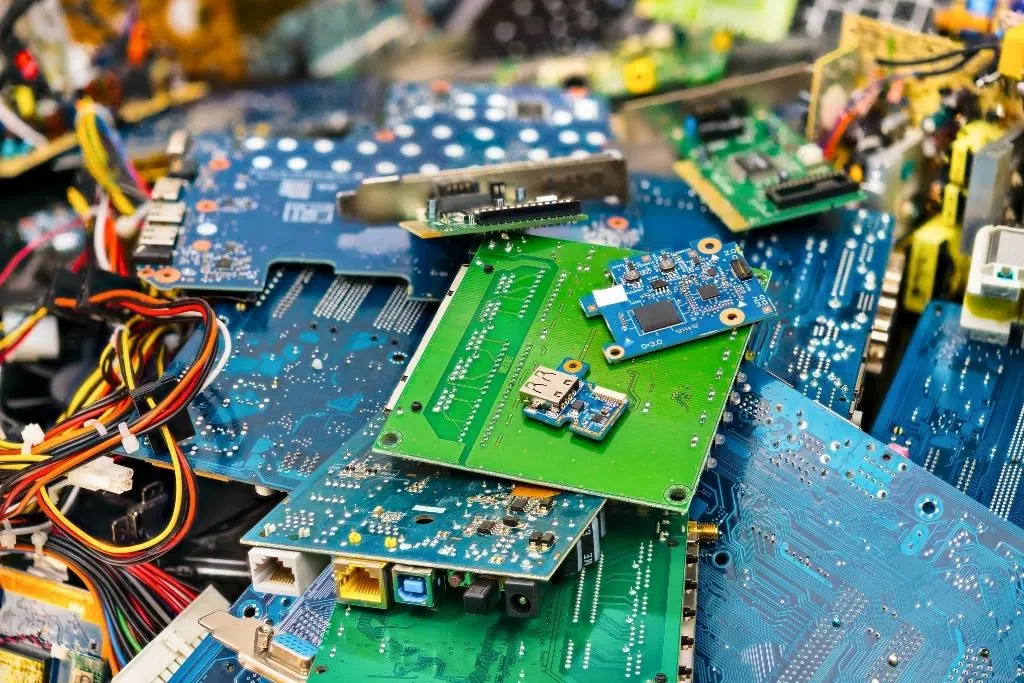
|
E-waste recycling is the process of extracting valuable materials after shredding the e-waste into tiny pieces that could be reused in a new electronic appliance. However, a number of current challenges are preventing the electronic recycling industry from scaling up. To celebrate International E-Waste Day 2023, we explore how e-waste recycling is done and why we should focus on scaling it up. E waste recycling has all sorts of benefits in addition to the protection of human health and the environment. Most of the materials that make up our computers and smartphones are derived from non-renewable minerals; recycling these materials can prevent the supply of consumer goods that become inevitable in our lives from being suspended until substitutions are discovered. Although in certain cases, the non-renewable resources are not necessarily rare, the recycling of non-renewable but common minerals still has economic benefits. For example, the price of lithium, a non-renewable but relatively common mineral that can almost be found everywhere, has been booming. Lithium is widely used in multiple industries but is most known for its importance in the production of rechargeable batteries for electric vehicles. The increased public attention on electric vehicles as a way to decarbonise transportation saw the demand for lithium soar. Yet, the market has failed to keep up with this sudden surge in demand, causing lithium to be in short supply – not scarcity but from the slow pace of extraction and refinement. Recycling lithium-ion batteries will provide an additional supply of lithium to the market, allowing businesses to produce batteries and electric vehicles that are customer-friendly as well as environmental-friendly at a lower price |
|
E-waste recycling is much more complicated than conventional waste recycling. Typically, the first step of the recycling process is manual sorting. Once e-waste is collected and transported to the recycling facilities, workers sort the e-waste into categories according to their types and models. Then, all electronic devices will be examined, and of which the parts that are still functional will be extracted to be reused; they can either be sold as individual parts or be combined to form a new phone or computer. The e-waste left behind that is not functional will be sent to recycling processing. Here, e-waste is thrown into an enormous machine and is shredded into tiny pieces, but before that, it must first go through a process called de-manufacturing, which refers to the action of disassembling a product into components. This procedure is to remove all the potentially hazardous materials in electronic devices that will destroy the machine or contaminate the environment once disposed into landfills. For example, the toner that can be found in a photocopier is extremely flammable and explosive, and is certainly capable of blowing up the processing equipment if it gets shredded, given that so many things can act as fuel sources, such as plastic. This process is of utmost importance and must be performed by skilful workers. Once waste is shredded, metals, the valuable parts that make the e waste recycling a profitable industry, will be separated. Unlike the former sessions, this process does not require manual sorting. A giant magnet will first attract all the ferromagnetic materials, like iron and steel, that have high susceptibilities to magnetisation. Then, further mechanical processing separates other metals and alloys based on a physical law called Eddy Current, where paramagnetic materials, materials that are weakly attracted to magnets will be bounced away when an electric current is induced by an alternating magnetic field with a repulsive force, while other non-magnetic materials, like plastic, will simply keep going. Next, the waste is further separated with water. At this stage, almost everything leftover are non-magnetic materials; they will go through another machine filled with water, where materials with a low relative density, mostly plastic, will flow, while other materials, like glass, will sink. Finally, before recycled materials are sold, is to check if there are any remaining valuable materials stuck to the plastic. |
|
The recycling of e-waste serves a lot of useful purposes. For instance, include protecting human and environmental health by keeping those devices out of landfills. Or recovering the parts within the devices that still have value, and providing manufacturers with recycled metals that can be used to make new products. Virtually all electronic waste contains some form of recyclable material. That includes materials like plastic, glass, and metals, which is why they may be considered “junk” or “obsolete” to consumers but still serve an essential purpose. It’s ironic, in some ways, that these devices are called “e-waste,” since they’re not waste at all. But in far too many instances, they are thrown away. |
|
1.SAVE LANDFILL SPACE
|


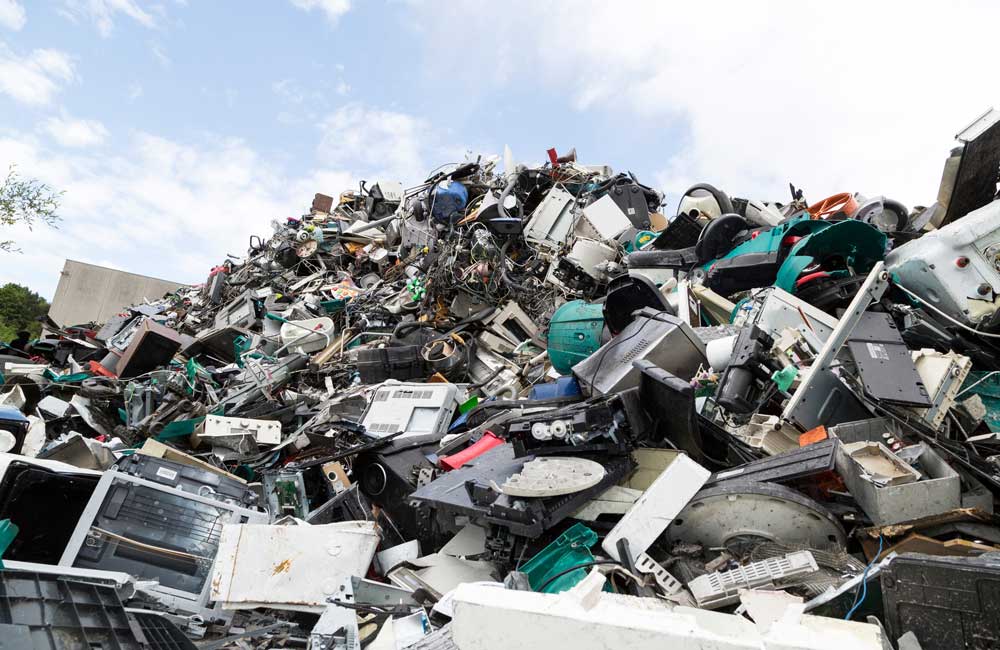
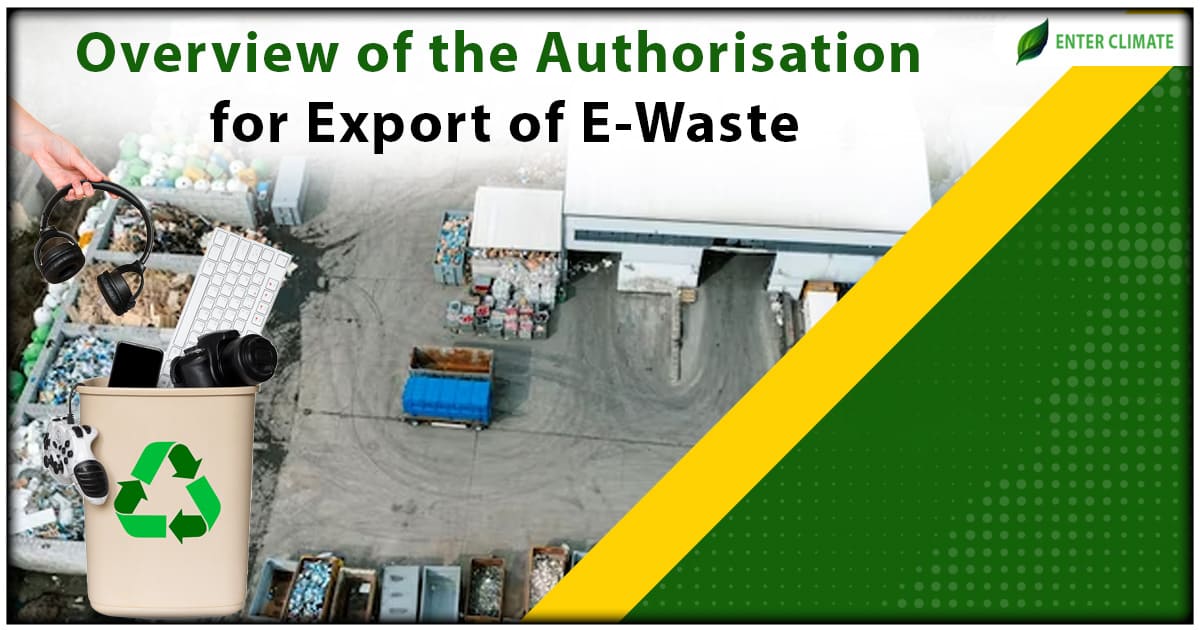
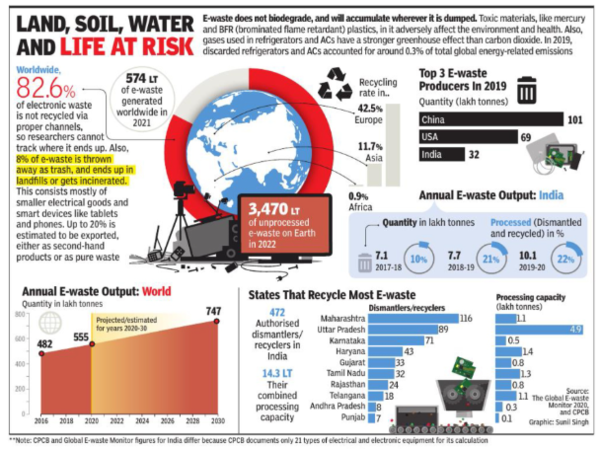

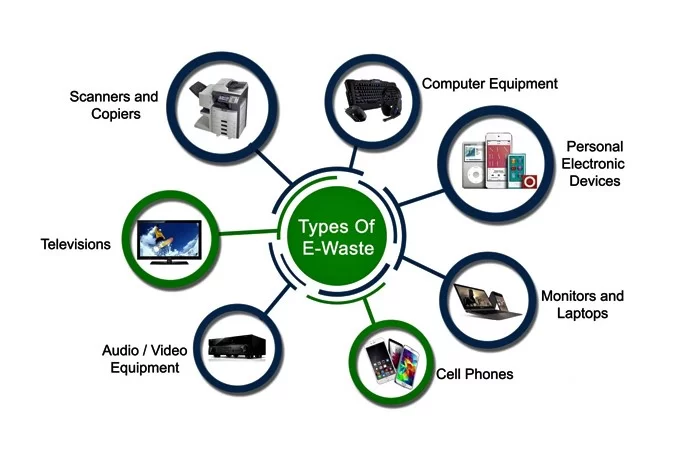

|
|
×
|